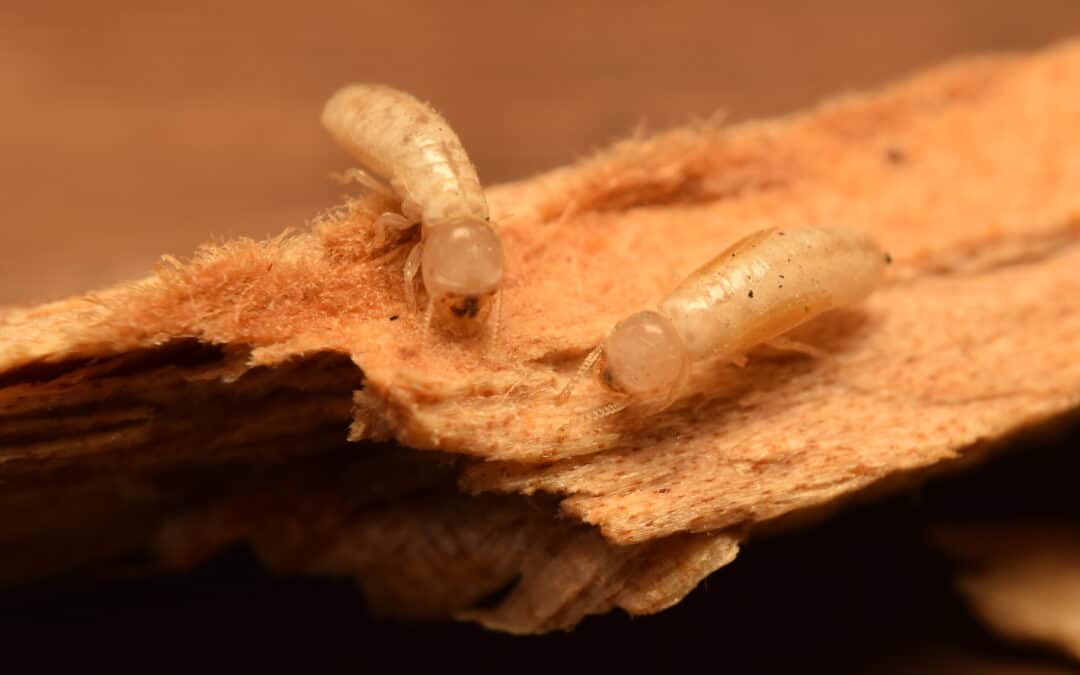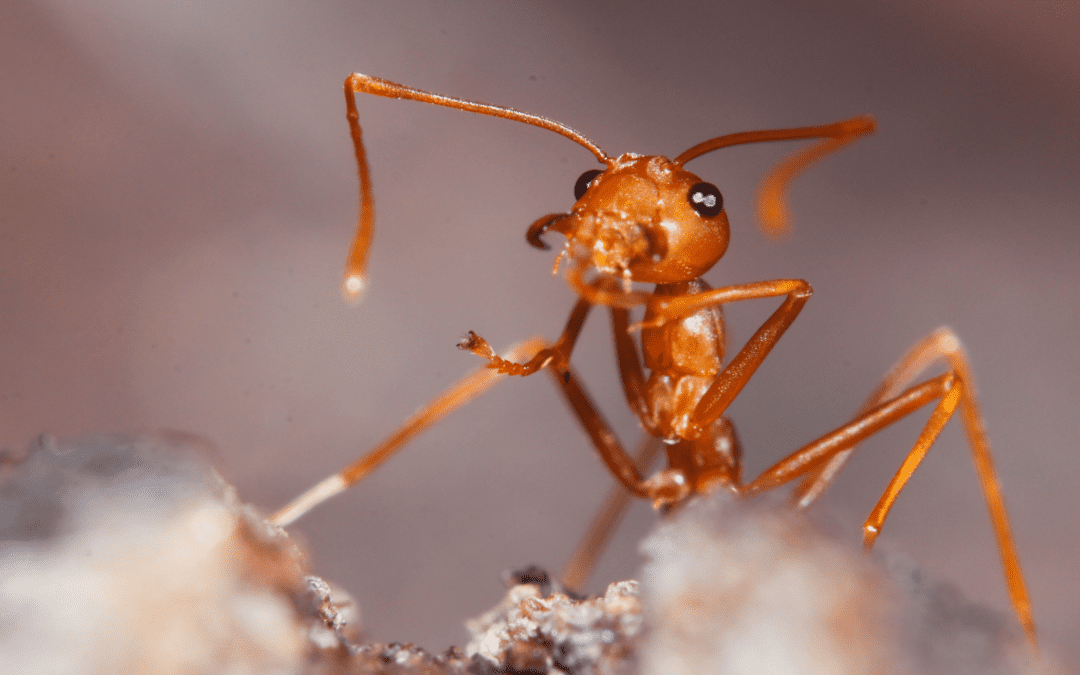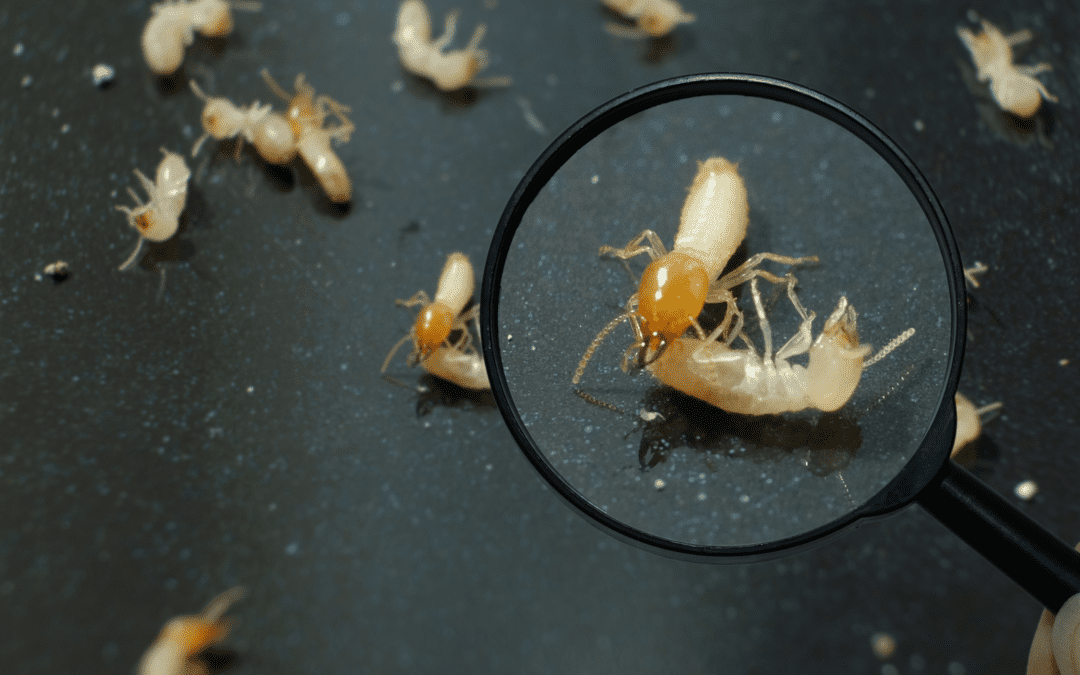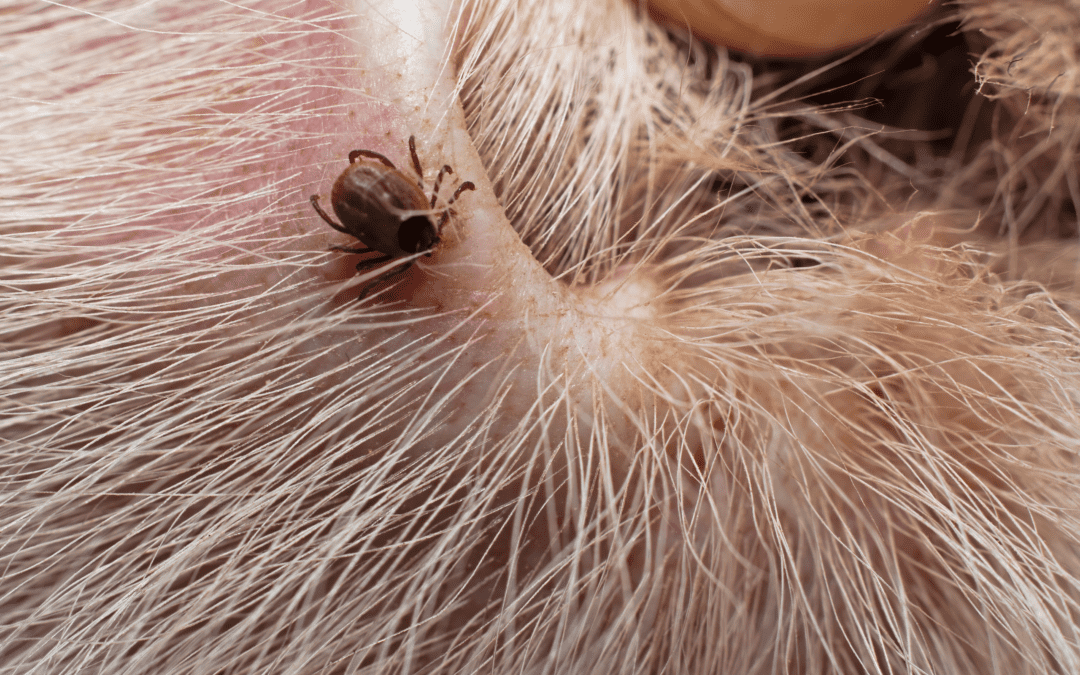READY TO GET STARTED?
REQUEST A FREE ESTIMATE
Fill out the form below or call (855) 789-9807 for a free, no-obligation estimate.

Subterranean and drywood termite types are popular within the Coral Springs area, looking for homes for their next meal! Termites are year-round pests, making it essential for every South Florida homeowner to be on top of termite control. Check out the top 5 ways you can prevent termites from invading your home and causing billions of dollars in repairs!
If you’re keeping wood stacked against your house, you could be leading termites right inside your home! Leaving woodpiles near your home is not only a great source of food for termites, but it also gives them a safe passage into your home. To avoid the risk of a termite infestation, don’t store any type of wood products in your crawlspace and stack your woodpiles at least 20 feet away from your home. For extra precautions, consider placing wood in a sealed plastic container with a lid and elevating it off the ground.
Termites need moisture to survive, and if there’s any improper drainage in or around your home, you create the ideal environment for them to thrive. Inspect your downspouts and divert water away from your home. Regularly check that your faucets and A/C drip lines are not causing water to pool around your foundation.
Did you know wood mulch is a major termite attractant? It’s true that wood mulch can be a great landscaping tool, but it is known to contain moisture that attracts termites. If you’re using mulch, keep it at least four inches away from your foundation. Likewise, make sure it never contacts the home’s siding, window frames, or door frames. Sometimes an overlooked reason for a termite infestation is clogged gutters. Clogged gutters containing debris will collect moisture, attracting termites. It’s important to remove debris and clean your gutters on a regular basis to avoid backup.
Trees hanging over your home and overgrown bushes can create the perfect shelter area for termites. These areas will often cause moisture to build up and provide an area to build their colony. Avoid termites utilizing your landscape by regularly maintaining it and keeping your trees and shrubs trimmed on a regular basis.
While the above can help make your home less attractive to termites, the best and most effective way to avoid termites is to do a home inspection and regular termite treatments. There are several termite treatment options, such as bait stations, liquid-soil treatments, and spray/foam treatments. It’s best to contact your local Coral Springs pest control company to provide you with a thorough termite inspection and recommended termite control plan that works best for your situation.

Drywood termites are seeking dry wood as a food source and will destroy your home in the process. These termites differ from other species, such as subterranean termites, since they tend to create their colonies in wood instead of in the ground and need little moisture to survive. Unlike other species, these termites can create devasting damage to homes, excavating wood and ruining it. To prevent them, it’s best to place preventative measures throughout your property.
The first step in preventing drywood termites is inspecting your home. By investigating your home, you can get a good idea of what repairs are needed or discover that a termite infestation has occurred. When inspecting, write down everything you see that’s a concern, as this will help overall when relaying to a pest professional. When checking the home’s interior, don’t forget to check in darker areas such as your crawl space, attic, and basements. Check around your baseboards, beams, or other wood materials. Likewise, look at any furniture or firewood inside the home too. As you are investigating the exterior of your home, be extra thorough, as these termites haven’t yet entered the home. Check your foundation, old trees, wooden sheds, and firewood.
Drywood termites are very small, ranging from 3/8 to ½ inch in length, allowing them to fit in the smallest hole or gap. If you find any openings leading into your home, it’s best to repair them immediately. Likewise, keeping your home’s attic and crawlspace well ventilated will help reduce moisture and the risk of a termite infestation. Consider encapsulating your crawlspace or insulating your attic.
Drywood termites are looking for any wood materials to inhabit. Make sure you place firewood at least 20 feet away from the home and raise it off the ground. Additionally, trim all shrubs, bushes, or other dense greenery so that it doesn’t touch the side of your home. If you have old trees, lumber, or tree stumps, consider removing them, so these pests don’t infest and make their way inside your home.
Sometimes, all the prevention in the world can’t stop termites from infesting homes. If a termite infestation has occurred, it’s best to call your local South Florida pest control company for extra help. A termite professional will provide you with a thorough inspection, a treatment plan based on your home’s needs, and recommendations on preventing them in the future.

Did you know that fire ants are not native to Miami nor South Florida? Their range has spread to more than 13 southern and western states and continues to grow. They might not seem like a big deal, but over time they can cause medical, agricultural, and property damage. Let’s break down the ways you can prevent fire ants from taking over your lawn and property, so you can get back to enjoying the outdoors.
The first step in preventing something is to know where it originates. Fire ants build large nests, usually in the form of visible dirt mounds. They can also be found in rotting logs, around tree stumps, under pavement and buildings, and inside electrical equipment. When their nests are disturbed, they can become aggressive and incite an attack on the intruder.
Being omnivorous feeders, fire ants search for carbohydrates, proteins, and lipids. These can come in the form of fruits, insects, and oils from seeds. Try to avoid these foods outdoors so fire ants aren’t attracted to your lawn or property. If they cannot find a food source, these pests won’t waste time sticking around and will leave.
One of the best ways to prevent fire ants is to have a pest control plan in place. Fire ants have been the target of several methods of control. There have not been permanent control methods found yet to fully eliminate them but having a recurring pest plan helps. There are four strategies that are used for fire ant control:
Since fire ants are extremely resilient, it can be difficult to fully eliminate these pests. They typically reinfest within a month of treatment and return more rapidly than any other ant species. If you suspect you have a fire ant problem, reach out to your local South Florida pest control company to set up a prevention plan that’s right for you and your property.

Drywood termites seek dry wood as a food source and will destroy your home in the process. These termites differ from other species, such as subterranean termites, since they tend to create their colonies in wood, instead of in the ground, and need little moisture to survive. Unlike other species, these termites can create devasting damage to homes, excavating wood and ruining it. To prevent them, it’s best to place preventative measures throughout your property.
The first step in preventing drywood termites is inspecting your home. By examining your home, you can get a good idea of what repairs are needed or discover that a termite infestation has established. When inspecting, write down everything you see that’s a concern; this will help overall when relaying to a pest professional. When checking the home’s interior, don’t forget to check in darker areas such as your crawl space, attic, and basements. Check around your baseboards, beams, or other wood materials. Likewise, look at any furniture or firewood inside the home too. As you are investigating the exterior of your home, be extra thorough, as these termites haven’t entered the home yet. Check your foundation, old trees, wooden sheds, and firewood.
Drywood termites are very small, ranging from 3/8 to ½ inch in length, allowing them to fit in the smallest hole or gap. If you find any openings leading into your home, it’s best to repair them immediately. Likewise, keeping your home’s attic and crawlspace well ventilated will help reduce moisture and the risk of a termite infestation. Consider encapsulating your crawlspace or insulating your attic.
Drywood termites are looking for any wood materials to inhabit. Make sure you place firewood at least 20 feet away from the home and raise it off the ground. Additionally, trim all shrubs, bushes, or other dense greenery so that it doesn’t touch the side of your home. If you have old trees, lumber, or tree stumps, consider removing them so these pests don’t infest and make their way inside your home.
Sometimes all the prevention in the world can’t stop termites from infesting homes. If a termite infestation has occurred, it’s best to call your local South Florida pest control company for extra help. A termite professional will provide you with a thorough termite inspection, a termite control plan based on your home’s needs, and recommendations on preventing them in the future.

Fleas and ticks can harm our family and pets, latching onto us for a blood meal. While these pests are small, they come with big health risks by transmitting diseases. As warmer weather continues outside, these pests will do the same, thriving in South Florida’s climate. Fleas and ticks often get confused with one another, so it’s helpful to understand the difference between the two so you can keep your family protected.
Fleas are wingless with a reddish-brown, flattened body. Adult fleas will range up to 1/6 of an inch in length. These creatures have mouthparts that are adapted for sucking blood from a host. What is unique about fleas is that they have long, strong back legs that allow them to jump repeatedly from one host to another. A common indication that your pet has fleas is noticing them repeatedly scratching and grooming themselves. Likewise, for humans, fleas will leave behind itchy bite marks on the skin. Another sign is spotting flea feces, or flea dirt, throughout your home. Flea dirt looks like coarse ground black pepper and is typically found in areas where a pet rests.
Depending on their species, ticks come in a variety of sizes and colors. There are two groups of ticks to look out for: hard ticks and soft ticks. The most common tick species in North America include the deer tick, lone star tick, brown dog tick, and American dog tick. While these ticks may look different, they are all seeking a blood meal and a humid place to habitat. They are often found in wooded or vegetated areas. When they find a host, they will typically latch onto the face, legs, armpits, belly, and even in-between toes!
Taking precautions before you leave home with your family or pet can help reduce the chances of a flea or tick infestation. Here are a couple of preventative measures you can take to prevent fleas and ticks from biting you, your family, and your pets: